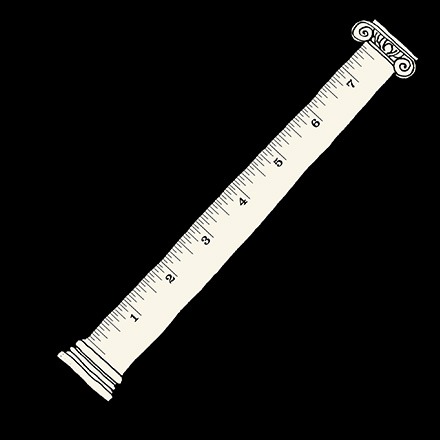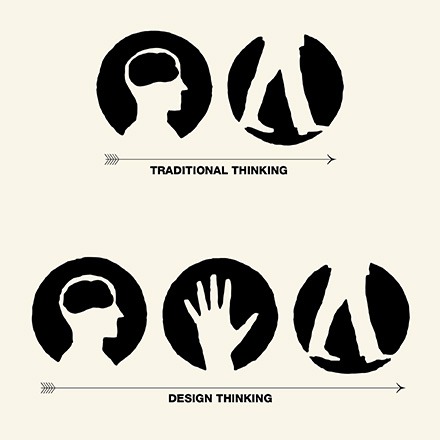6 Changes That Will Make You More Imaginative
Originality is fundamental to innovation and the key to building sustainable businesses and brands. However, in order to innovate, we must move from the known to the unknown–we must dream.
Sadly, the metaskill of dreaming is not taught in business schools–or any other school for that matter. There is no “Dreaming 101” class. This is disheartening, especially in an age when innovation is often the dividing line between success and failure.
The good news is, dreaming can be harnessed for a specific purpose using applied imagination. Once we learn the skill of dreaming–of disassociating our thoughts from the linear and the logical–we can become wellsprings of originality.
While some people may be naturals in the realm of imagination, we can all improve our skills with deliberate practice. Here are six strategies for applied imagination that can help to trigger new ideas:
1. THINK IN METAPHORS.
Thinking about problems metaphorically moves your thinking from the literal to the abstract so that you can move freely on a different plane. To a literal thinker, a rose is a rose; to a metaphorical thinker, a rose could be a young woman’s cheek, a seductive trap, or the morning sky before a storm. If your challenge is to invent a new name for a store that sells footwear to active girls, you might call it Active Footwear. Or you could think in metaphors and move beyond the first pasture. For example, maybe active footwear for girls is like the ballet slippers in The Red Shoes, or like a bouncy pop song from the ’60s–perhaps “Shubop.”
2. THINK IN PICTURES.
Many people assume Einstein was a logical, left-brain thinker, but he was actually the opposite. Rather than using mathematics or language to crack a tough problem, he preferred to think in pictures and spatial relationships. He recognized that visual thinking can strip a problem down to its essence, leading to profoundly simple conclusions that ordinary language might not be able to reach.
3. POACH FROM OTHER DOMAINS.
Voltaire said, “originality is nothing but judicious imitation.” What could be more judicious than stealing ideas from other fields? While doing this is not the same as pure imagination, it still takes a mental leap to see how an idea from one industry or discipline might be used in another. For example in 1921, a 14-year-old Philo Farnsworth got the idea for the electronic television while tilling his family’s potato farm. The back-and-forth plowing pattern suggested the back-and-forth scanning pattern for cathode ray tubes. Talk about stealing ideas from another field!
4. ARRANGE BLIND DATES.
Make connections and innovate by introducing two unrelated ideas. What do you get when you cross a bank with an Internet café, a shoe store with a charity, or a Broadway show with a circus performance? Successful business models like ING Direct, Toms shoes, and Cirque du Soleil.
5. REVERSE THE POLARITY.
Reversing the polarity in an assumption can release conceptual energy. Let’s say your challenge is to get your employees to wash their dishes instead of leaving them in the sink. You can start by listing some assumptions about the problem:
- Employees don’t like doing dishes.
- It’s hard to tell whose dishes are in the sink.
- The dishes are company property.
- Dishes are easier to clean after they soak.
- Dishes tend to pile up.
Now, reverse the assumptions to see what happens.
- Employees love doing dishes.
- It’s easy to tell whose dishes are in the sink.
- The dishes are employee property.
- Dishes are easier to clean before they soak.
- Dishes never pile up.
What would it take to make these true? Employees might love doing their dishes if there was a great music system by the sink. It would be easy to tell whose dishes were in there if each item were personalized with the employees’ names or initials.
6. FIND THE PARADOX
If you can describe the central contradiction within a given problem, you’re well on the way to solving it. When designer Mitchell Mauk noticed a problem with the storm drains in San Francisco, he took it the initiative to propose a solution. The city had been concerned about people dumping motor oils and chemicals into the sewers, where they would flow into the bay and pollute the fish habitats. The usual warnings posted near the drains weren’t working. So Mauk asked the question another way. Can the sewer grates and the signs be one and the same? He quickly imagined a grate in the shape of a fish. His elegant Gratefish now sends an unambiguous message: whatever you put down the drain goes right into the fish.
The 20th century made us believe that everything of value can be bought in a store, that the answer to the question lies at the back of the book, and that design is something only designers do. But in the 21st century, we are being nudged forward–by our customers, our employers, our economy, and by the robots nipping at our heels–to be original.
—Marty Neumeier is Director of Transformation at Liquid Agency, an award-winning designer and brand strategist, and author of books on business creativity including The Brand Gap. His latest book, Metaskills, explores the five essential talents that will drive innovation in the 21st century.

